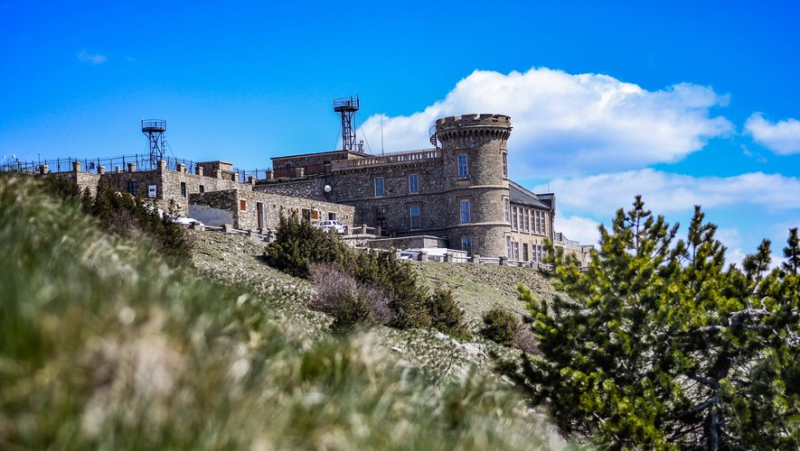HISTORY. From 2,000 to 16,000 hectares…. How Aigoual became an exceptional forest in just a few decades

L'Observatoire de l'Aigoual, construit au moment du reboisement, veille sur la forêt du massif. Midi Libre – MiKAEL ANISSET
L’Estival de l’Aigoual, festival familial qui s’achève ce dimanche 4 août, rappelle que ce poumon vert de la région, a été façonné par l’homme.
With its 16,000 hectares, it is the largest forest in the region, the fourth largest in France. Aigoual is a real green lung, perched up to 1,565 meters, between Gard and Lozère. And yet…
The L’Estival de l’Aigoual festival, a family event that ends this Sunday with a series of conferences, exhibitions, workshops, shows – and even a gastronomic market – recalls that barely 150 years ago, the forest covered only … 2,200 hectares. Among the events of the day, the screening (continuous) of Marc Khanne's film “Aigoual la forêt retrouvée” or the show “Léa dit tout&rdquo at 11:00 a.m. on the reforestation of the massif, returns to this initially dramatic story.
A bare mountain
From the 18th century onwards, the forests were overexploited to meet the needs for heating, coal and, in the Cévennes, the rise of the glass, forge and silk industries… The economy was then based on chestnut groves, sericulture (silkworm breeding) and transhumant grazing. “Awith the gradual disappearance of the first two activities, the pressure of grazing increased on the vegetation and soils. In 1850, there were only 2,200 hectares of woodland left”, they rewind at the National Forestry Office (ONF).
Aigoual had become a bare mountain. And, on October 4, 1861, three days of torrential rainfall – which was not yet called a Cévennes episode – on its peaks melted into the valley, masses of water and stones that ravaged the roads, meadows and factories. The most dramatic flood of the time, which the inhabitants believed they would experience again seven years later with new floods coming from the heights.
68 million trees
It was then that the first major anti-erosion reforestation operation was undertaken in France. In other words, the creation of a protective forest on these eroded soils, supported by the first scientific bases of phytosociology and pedology. This was thanks to a so-called reforestation law allowing expropriations, if necessary, to allow the State to acquire the plots and carry out plantations.
It was the forestry engineer Georges Fabre who would be the main architect of this work. If his primary objective was to repopulate Aigoual with his primitive species, he quickly changed his plans after meeting the botanist Charles Flahaut, who convinced him to import many types of trees from all over the world. “These reforestation methods made it possible to reclaim the massif, by sowing 38 tons of seeds and planting 68 million trees, mainly coniferous, and especially mountain pine, between 1860 and 1914”, they say at the ONF. In addition to European species, a network of seven arboretums has been set up on the massif in order to conduct forestry experiments on exotic species.
A 75% afforestation rate
One hundred and fifty years later, the afforestation rate has increased from 25 to 75%, or 16,000 hectares of forest. A green lung that acts as a carbon sink but is also home to remarkable biodiversity, monitored by ONF and Cévennes National Park agents. Far from being a sanctuary, the forest also allows today an economic activity, whether by the transformation of wood (softwood and beech forests) or tourism, important in summer.
A beautiful story that must be linked to the Aigoual Meteorological Observatory, whose construction began with reforestation, and which has become, 130 years after its opening, a Climatograph dedicated to climate change. Quite a symbol.
I subscribe to read the rest




